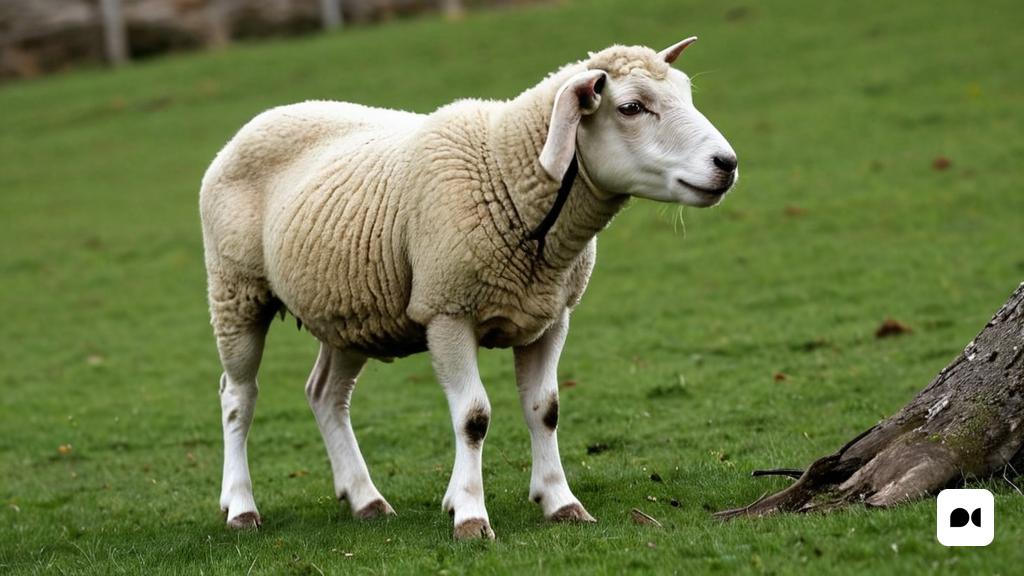The variety of noises in the Catalan language
In language, sounds play a fundamental role. In Catalan, as in other languages, there are different words and verbs that describe the noises made by animals and other objects. For example, when a dog barks in Catalan, we say ‘bordar’ (or ‘boixar’, ‘lladrar’ or ‘glapir’). Similarly, when a frog croaks, we use the verb ‘raucar’. In addition, there are other examples such as ‘belar’ for the bleat of a sheep, ‘grallar’ for the caw of a crow and ‘renillar’ for the neigh of a horse.
But there are not only verbs to describe these noises, there are also names that represent these actions. In Catalan, two suffixes are used to form words that express noises: ‘-ol’ and ‘-et/it’. The suffix ‘-ol’ is used to imitate the sound. For example, when we want to imitate a cat’s meow, we say ‘mèèèèu’. The suffix ‘-ol’ can be added to this word, thus obtaining the word ‘miol’, which means ‘meow’. In this way, the verb ‘miolar’ for ‘meow’ is also formed.
Another example is the song of a bird. In Catalan, we usually say ‘piu-piu’ to imitate it. From there comes the verb ‘piular’ to ‘piar’. A known case is the verb ‘xiular’ (or ‘siular’) for ‘whistle’, which comes from the imitation of whistling.
A list of words that show the vitality of Catalan
Catalan has a wide variety of words that express noises. Some examples are ‘grinyol’ and ‘grinyolar’ for ‘chirp’ and ‘screech’, ‘ganyolar’ and ‘ganyol’ for ‘bark’, ‘bruelar’, ‘bramular’ and ‘braolar’ for the sound made by an ox, ‘rinxol’ and ‘rinxolar’ for ‘snore’ and ‘snore’, ‘bagol’ and ‘bagolar’ for ‘loud cry’ and ‘scream loudly’, among others. These words demonstrate the vitality and richness of Catalan in the creation of names and verbs related to noises.
It is important to highlight that Catalan has the ability to generate nouns and verbs from noises in a creative way. However, it is regrettable that this expressive force is limited in the educational field, where young people are deprived of using Catalan in a lively way. To preserve this vitality, it is necessary to transmit and encourage the use of this expressive force in learning Catalan.
Conclusions
Catalan is a language full of life and creativity, especially when it comes to sounds. Through a wide variety of words and verbs, Catalan manages to capture and express the different noises made by animals and other objects. This ability to generate nouns and verbs from noises demonstrates the vitality and richness of Catalan as a language. To preserve this expressive force, it is important to encourage its use and transmit this wealth to new generations.

